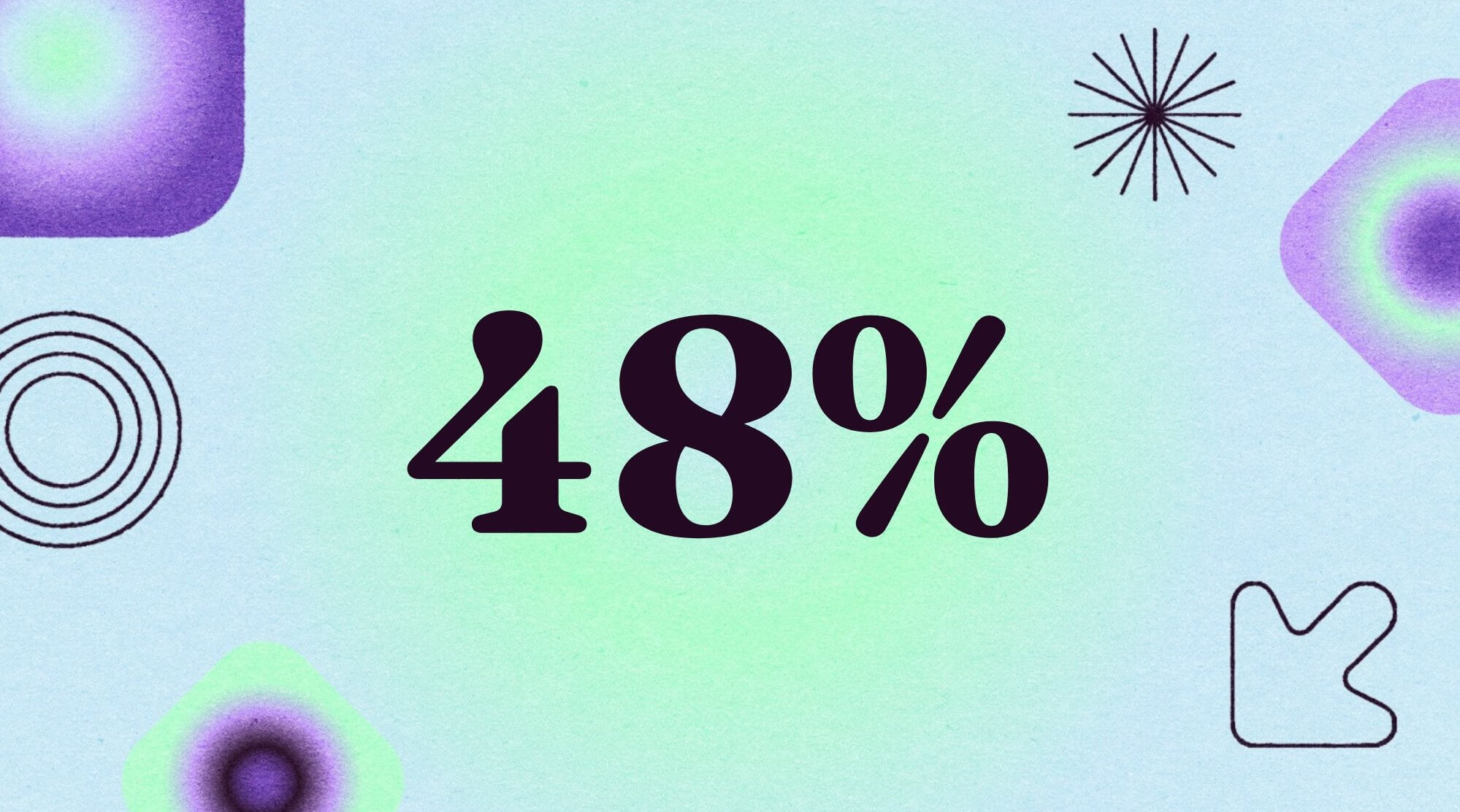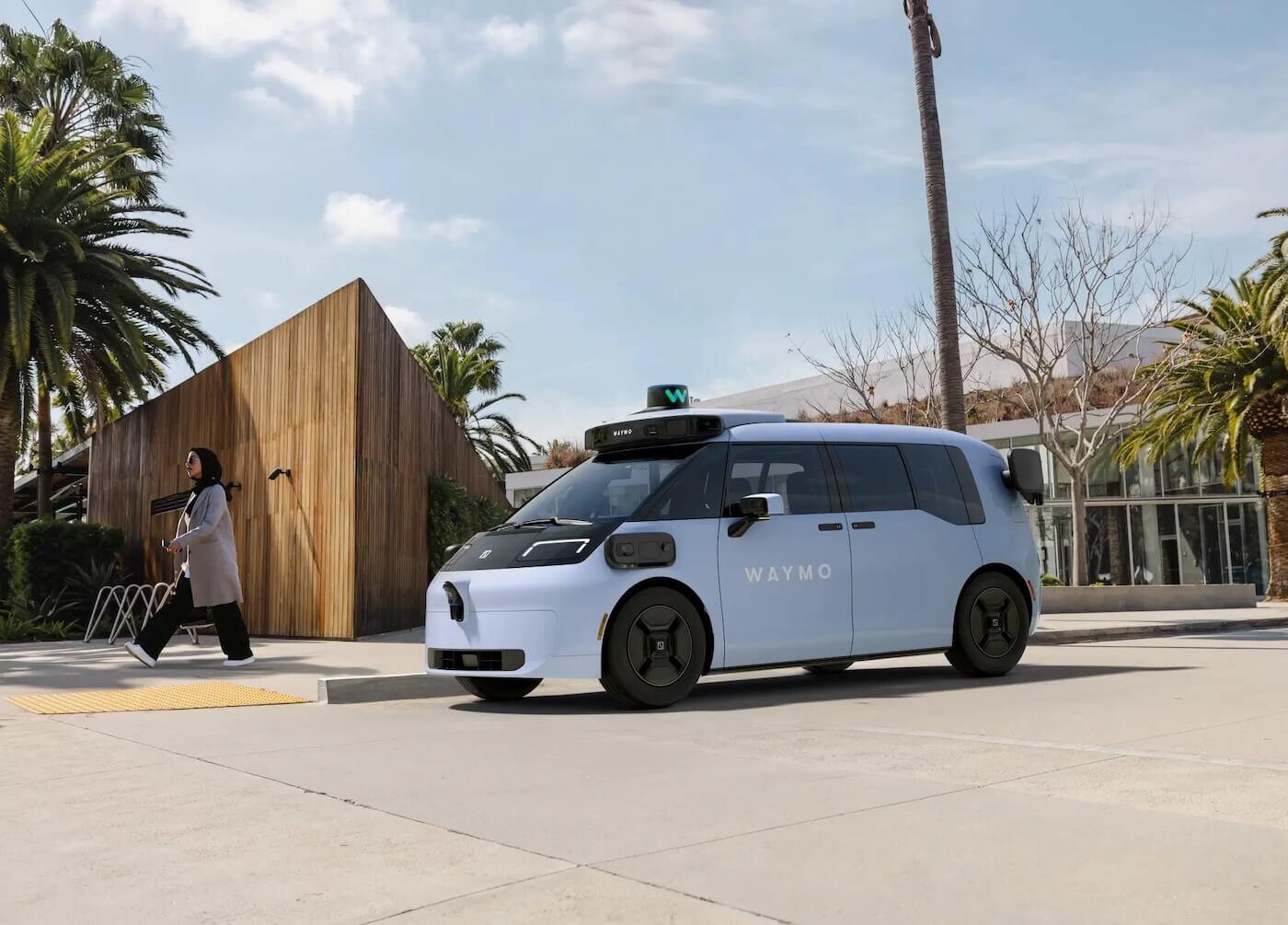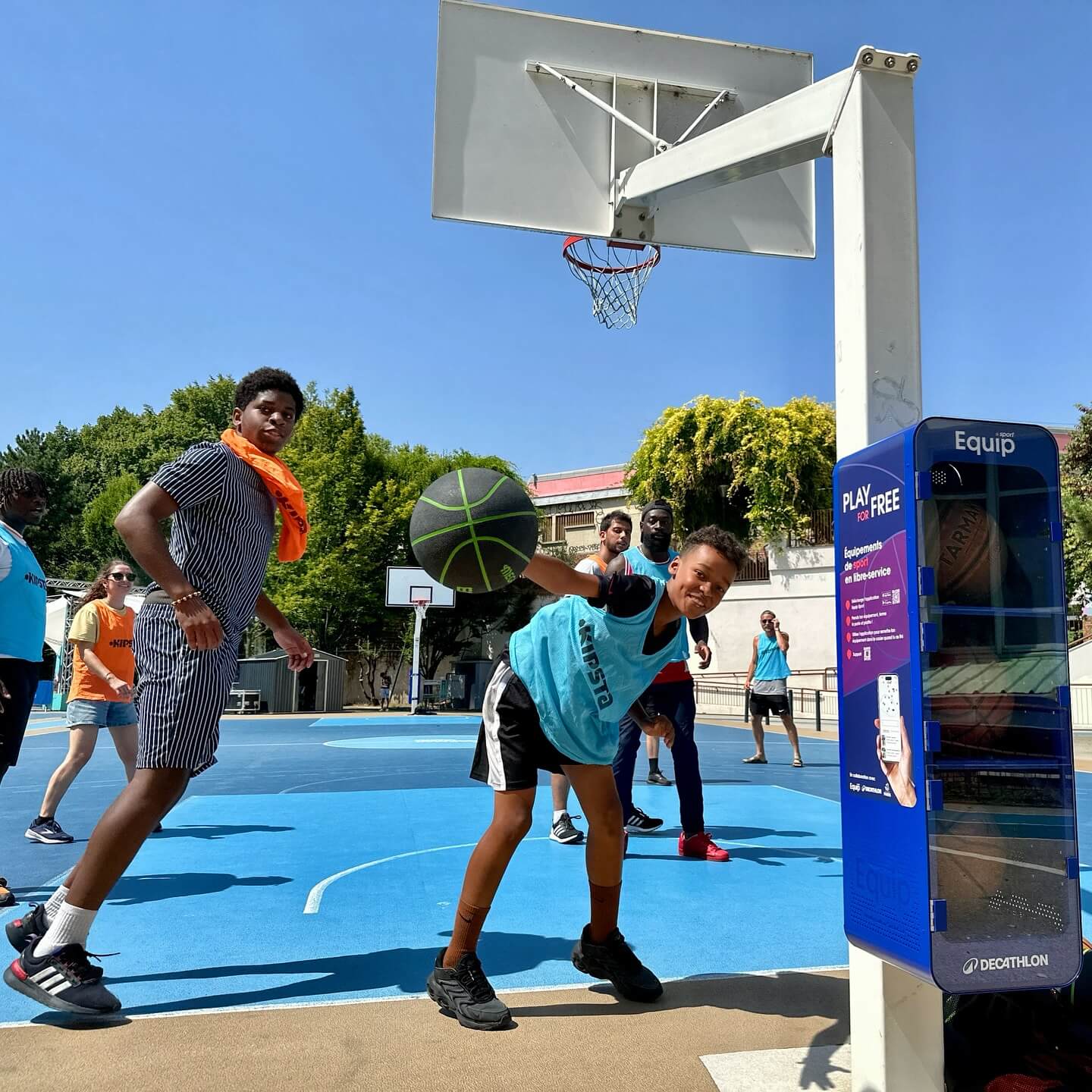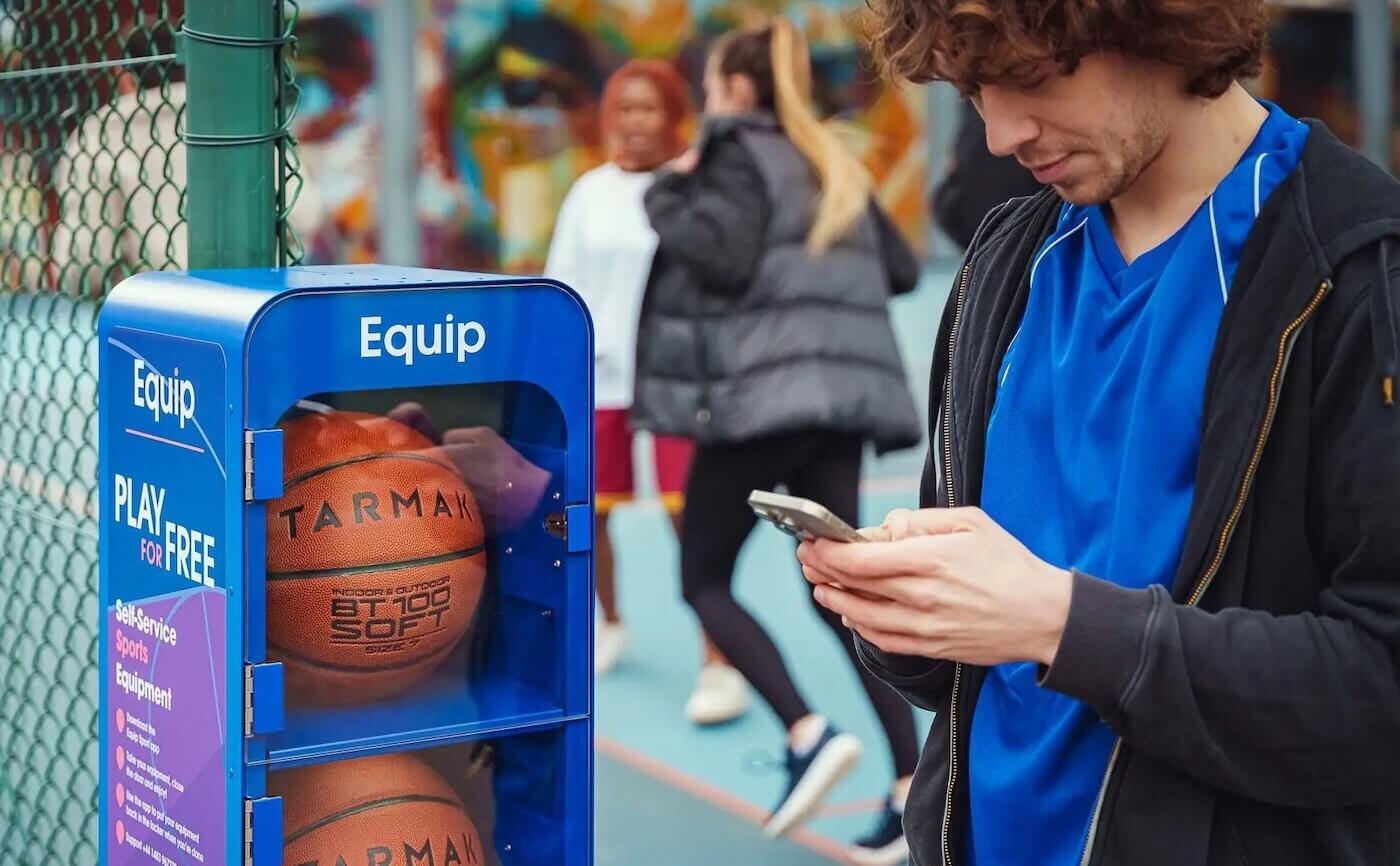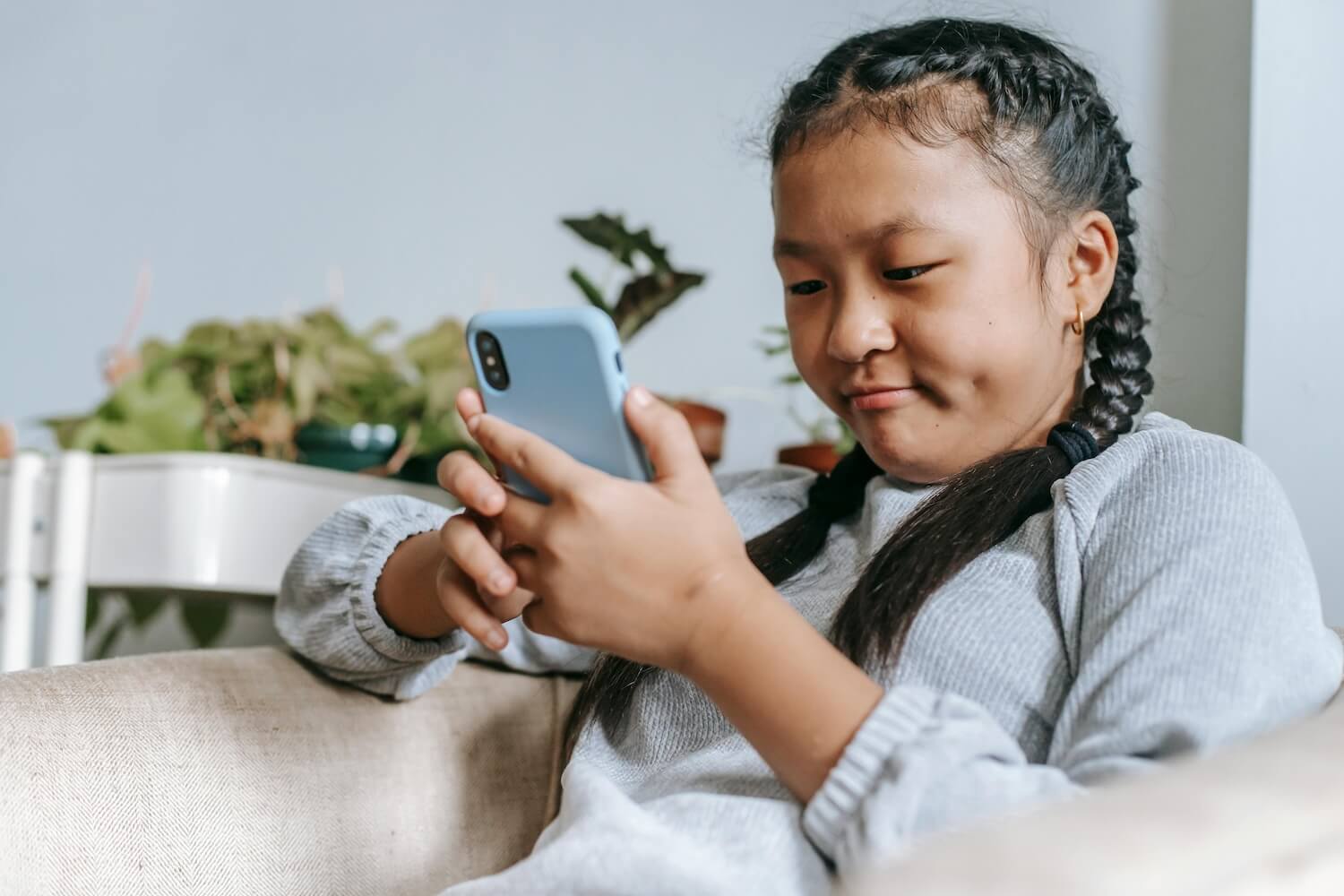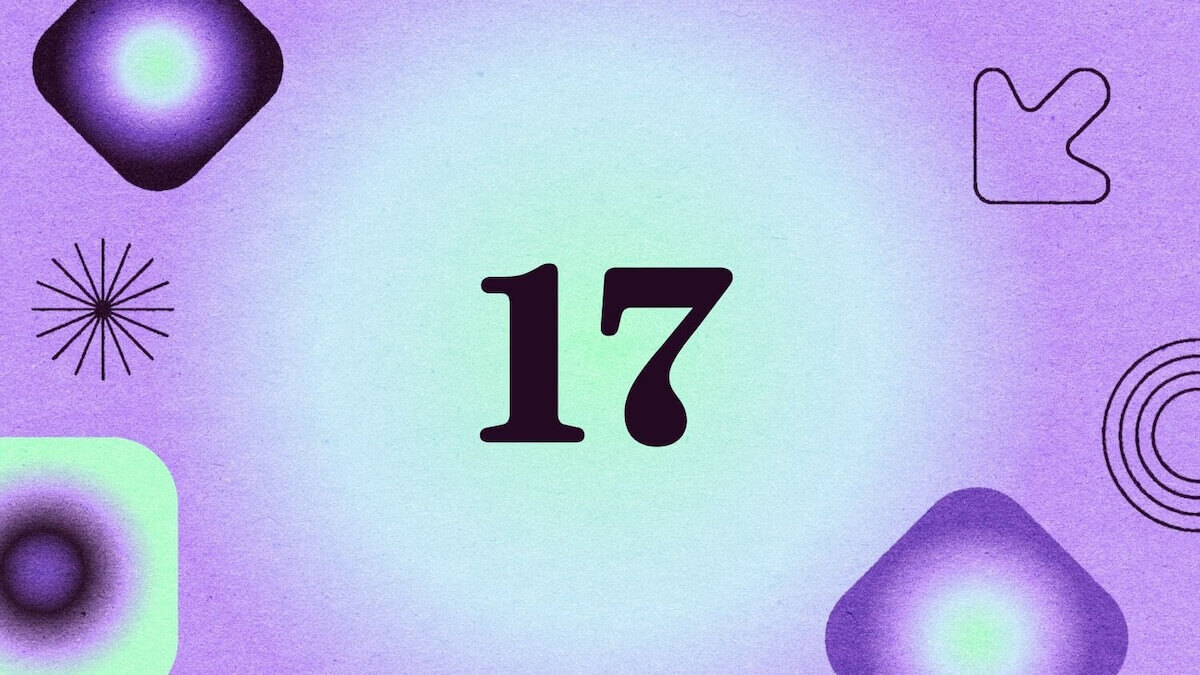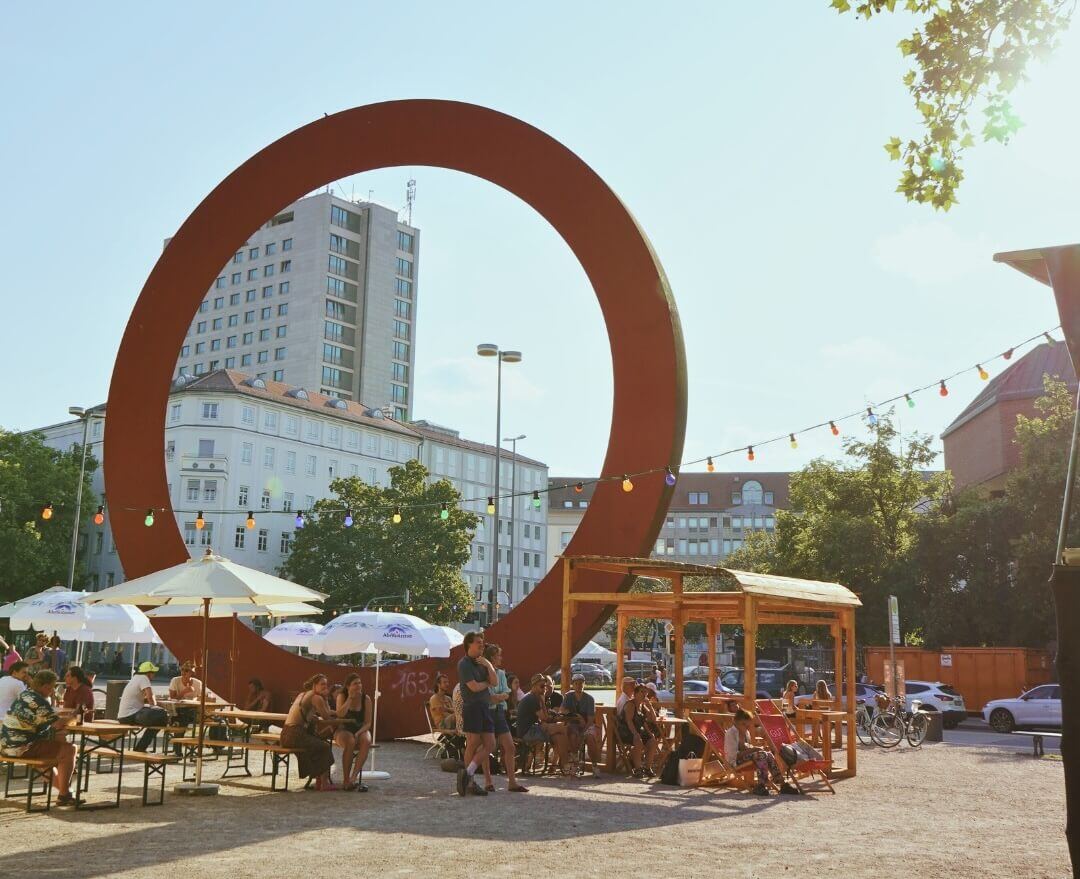Innovation update / Last year, we wrote about Autoescola Xtraordinária, an initiative by Localiza that saw the Brazilian rental car company fund driving lessons for 30 people with Down syndrome. Now, Localiza is taking another step towards inclusivity in driving by releasing a comprehensive guide for all individuals with intellectual disabilities who'd like to get their driver's license. This free, downloadable resource provides a step-by-step roadmap to becoming a licensed driver in Brazil.
The guide, developed in collaboration with Instituto Mano Down, offers practical advice on fulfilling prerequisites, choosing the right driving school, and preparing for theoretical and practical exams. It also addresses potential challenges unique to individuals with intellectual disabilities, such as vision exams and psychometric assessments. By demystifying a complex process and offering tailored advice, Localiza builds on its mission to make driving accessible, reinforcing that independence and mobility should be within reach for everyone, regardless of their cognitive abilities.
🚗 Campaigns for a cause are fantastic. But they're often short-lived, so it's no wonder consumers are calling out companies for purpose-washing. Localiza's latest effort underscores a crucial lesson for anyone engaged in impact-driven marketing: follow through. Brands that show concrete and continued progress toward their stated goals are more likely to earn consumer trust and loyalty, distinguishing themselves in a marketplace where empty promises are quickly exposed and dismissed.
P.S. Of last year's group of 30, one person is now licensed, one is taking in-car lessons, six are doing driver's ed, and 15 are taking psychometric tests as part of the licensing process.





